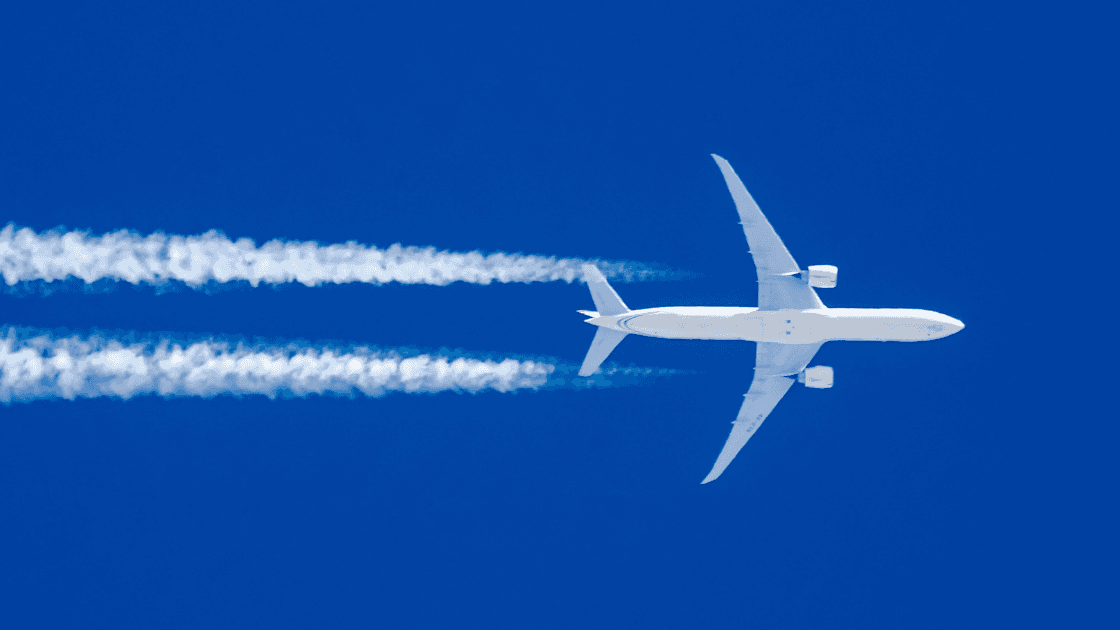
Flights
•05 min read
-95e61ea7-ab4c-459c-9b20-5d183cfc507b.png&w=3840&q=75)
Dubai International Airport stands as a beacon of modern aviation, merging state-of-the-art technology with unparalleled operational efficiency. Many travelers marvel at how such a bustling hub manages to maintain seamless flight operations. In simple terms, a key element in this success is the sophisticated runway system that drives its daily operations. In this guide, we break down the complex world of Dubai airport runways into easy-to-understand components, ensuring that you leave with a clear understanding of how modern design and engineering combine to create a safe and efficient air travel experience.
Nestled in the heart of one of the most dynamic cities in the world, Dubai International Airport (DXB) is not just a transit point for millions; it is an emblem of progress and forward-thinking infrastructure. Renowned as one of the busiest airports globally, DXB handles an astonishing volume of both passengers and cargo, making it an essential hub for connecting the world. Its extensive network supports overall Dubai airport infrastructure and has contributed significantly to the city’s reputation as a fashionable and efficient destination, particularly for travelers from India and beyond.
Dubai International Airport is celebrated for its impressive passenger traffic numbers, reflecting its role as an indispensable global hub. The airport is closely associated with major airlines that value efficiency and punctuality, reinforcing its status as a premium travel destination. Its expansive terminals, especially Terminal 3—widely recognized as one of the largest in the world—are designed to offer an experience that exudes luxury, comfort, and the joy of travel. Reports indicate Terminal 3 is among the largest globally, offering travelers unmatched convenience and amenities.
At the core of seamless flight operations at Dubai International Airport are its runways. So, how many runways in Dubai International Airport? The answer is straightforward: there are two operational runways that have been designed to meet the demands of one of the busiest aviation hubs in the world. These runways have evolved over time, reflecting continuous upgrades and enhancements tailored to boost both safety and capacity.
The construction of these runways involved advanced engineering practices that ensure durability and reliability. Engineers used high-grade materials and cutting-edge lighting systems to enable optimal performance even during adverse weather conditions. Such features are not just technical specifications but are also instrumental in ensuring that the airport maintains its reputation for safety and punctuality across a high volume of flights daily.
Dubai International Airport’s runways are equipped with sophisticated Instrument Landing Systems (ILS) that play a critical role during low visibility. Moreover, meticulous attention is given to the runway details at Dubai airport to guarantee that each runway can support everything from small aircraft to larger jets such as the Airbus A380. This integration of advanced technologies in the runway details fosters an environment where efficiency and safety are always prioritized.
Did You Know?
Dubai International Airport's runways are equipped with state-of-the-art Instrument Landing Systems (ILS) to ensure safe landings even in low visibility conditions. This advanced technology is one of the reasons DXB is able to handle over 1,100 flights daily with remarkable efficiency, according to recent data.

The efficient functioning of DXB's runways is directly linked to how well the airport manages its impressive flight operations. The runway capacity at this airport is designed to handle a high number of daily flights, ensuring that schedules are maintained with little to no delay. Every element, from capacity to technology, plays a significant role in meeting the needs of global air travel.
The runways at Dubai International Airport are not just surfaces for take-off and landing; they form a complex system that synchronizes with advanced navigation and air traffic control systems to manage flight operations. This results in unmatched efficiency, enabling the seamless handling of over 1,100 flights per day. With such a high frequency, every second counts, and the integrated approach towards runway management reflects the forward-thinking ethos of DXB.
Designing runways to cater to large aircraft like the Airbus A380 is no small feat. At DXB, careful consideration has been given to runway length, width, and reinforcement, ensuring that even the largest jets can land and take off with maximum safety and minimal disruption. This emphasis on accommodating larger aircraft underlines the airport’s commitment to supporting major international routes and fostering global connectivity.
While Dubai International Airport's runway system is world-class, understanding how it fits within the broader context of global aviation can be truly enlightening. Comparing the airport's runway infrastructure with other major hubs provides insight into why DXB stands out. The advanced technologies and expansive infrastructure not only make this airport a vital piece of travel in Dubai but also a hallmark of excellence in the global aviation community.
Observing DXB’s operational efficiency alongside other major airports, it becomes evident that many factors contribute to its success, particularly the innovative runway technologies and strategic infrastructure planning. In addition to current offerings, future expansions and upgrades are on the horizon, ensuring that the airport’s facilities remain ahead of the curve. These potential developments are part of Dubai's broader vision for enhancing aviation infrastructure, promising an even more seamless journey for travelers tomorrow.
Within this dynamic framework, the emphasis on technology and forward-thinking design is a clear testament to Tata Neu’s commitment to premium services. Just as Tata Neu redefines travel experiences by offering a seamless booking platform, integrated loyalty benefits via NeuCoins (1 NeuCoin = 1₹ saving), and specialized insurance add-ons like FlyCan and FlyNxt (*T&C apply), Dubai International Airport continuously upgrades its runway systems to ensure that every take-off and landing creates an experience defined by luxury, comfort, and reliability. Bookings for flights to Dubai are available exclusively through Air India and Air India Express, ensuring a streamlined experience for Indian travelers. This commitment to excellence allows travelers to embark on journeys filled with promise and potential, fully supported by robust, quality infrastructure.

No, Dubai International Airport is not the largest in terms of area, but it is one of the busiest airports globally based on passenger traffic.
On average, Dubai International Airport handles over 1,100 flights per day, thanks to its efficient runway system and advanced flight operations.
Dubai International Airport has three terminals: Terminal 1, Terminal 2, and Terminal 3, with Terminal 3 being one of the largest in the world.
Dubai International Airport currently has two operational runways.
The runways at DXB are designed to handle a high volume of flights, accommodating over 1,100 daily flight movements.
Understanding how Dubai International Airport’s runway system operates gives us a glimpse into the precise coordination required to manage global air travel. This intricate balance of technology, design, and efficiency not only serves as an inspirational example for world-class aviation but also echoes the same core values that guide Tata Neu Travel. Much like the sophisticated operations at DXB, Tata Neu integrates a seamless booking experience for flights, offering premium services along with exclusive loyalty benefits. Whether you are planning a swift business trip or setting out on a luxurious travel adventure, the convergence of technology and human-centric service makes for a journey that is both comforting and aspirational.
By delving into the specific details of Dubai’s runway system, travelers and aviation enthusiasts alike can appreciate the underlying engineering marvels that make modern air travel safe and efficient. This in-depth look not only demystifies the technical aspects but also leaves us with a renewed sense of fascination for the world around us. With continuous improvements and a firm commitment to excellence, Dubai International Airport remains a shining example of what future-forward aviation infrastructure can achieve.